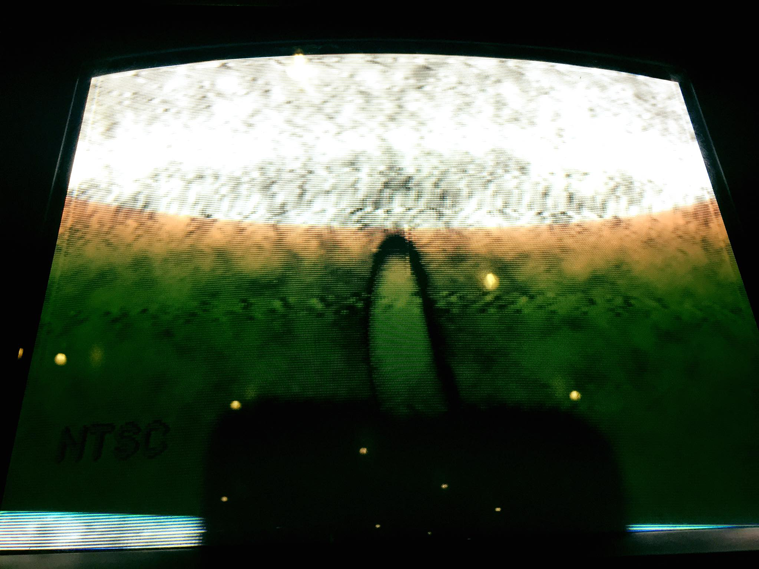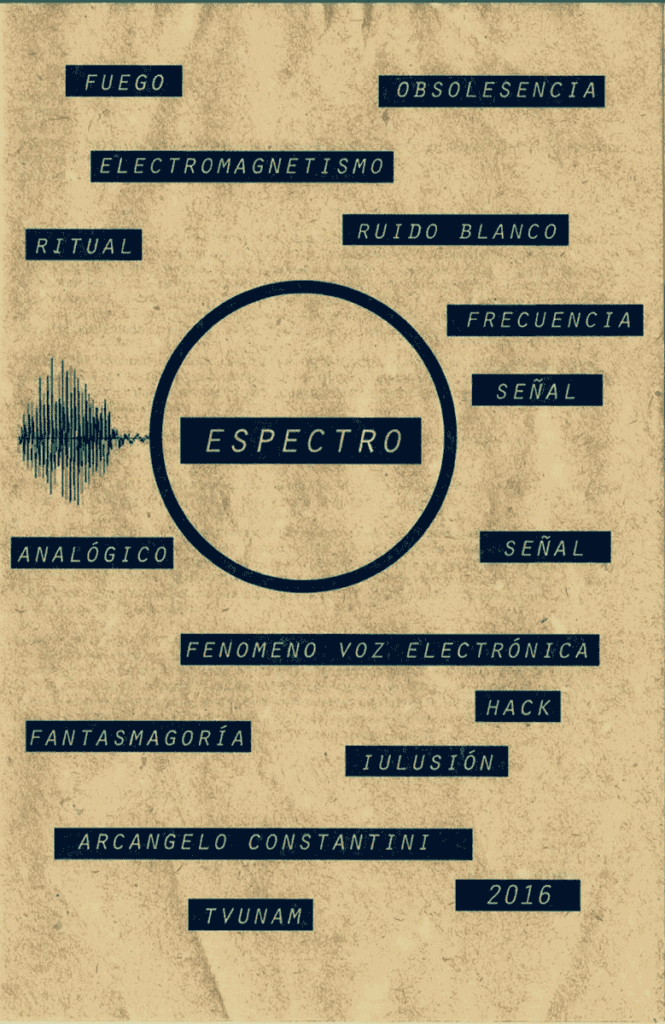
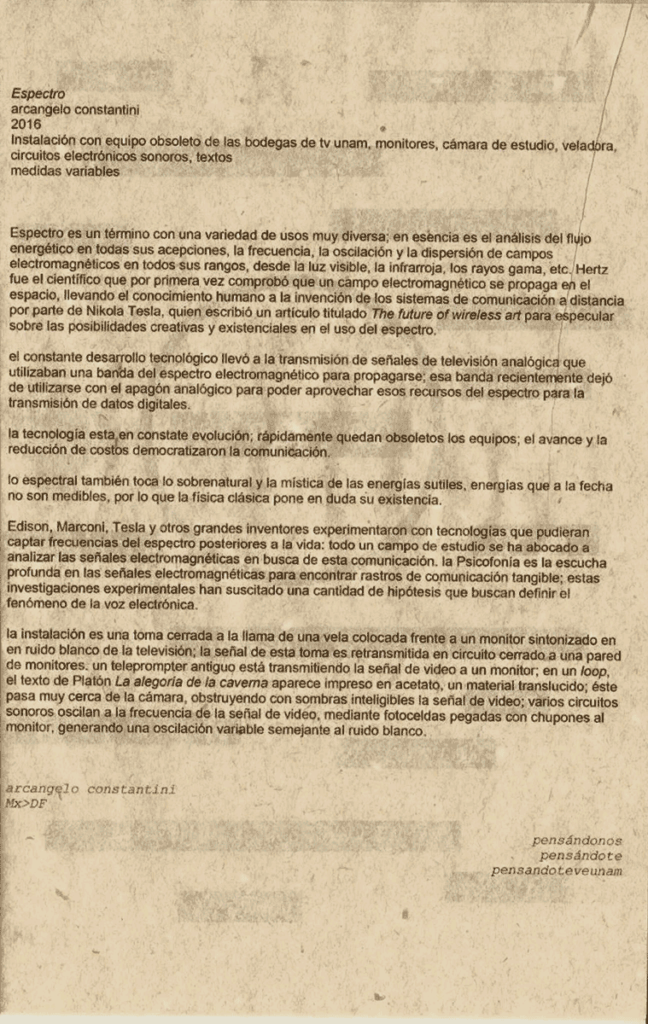
“Spectrum” is a term with a wide range of diverse uses; essentially, it is the analysis of energy flow in all its meanings, the frequency, oscillation, and dispersion of electromagnetic fields across all ranges, from visible light to infrared, gamma rays, and so on. Hertz was the scientist who first confirmed that an electromagnetic field propagates through space, leading human knowledge to the invention of long-distance communication systems by Nikola Tesla. Tesla wrote an article titled “The Future of Wireless Art” to speculate on the creative and existential possibilities in the use of the spectrum.
The constant technological development led to the transmission of analog television signals using a band of the electromagnetic spectrum to propagate; this band recently ceased to be used with the analog shutdown to take advantage of these spectrum resources for digital data transmission.
Technology is constantly evolving; equipment quickly becomes obsolete, and advances and cost reductions have democratized communication.
The spectral also touches on the supernatural and the mystique of subtle energies, energies that are currently immeasurable, causing classical physics to question their existence.
Edison, Marconi, Tesla, and other great inventors experimented with technologies that could capture frequencies of the spectrum beyond life: an entire field of study has focused on analyzing electromagnetic signals in search of this tangible communication. Psychophony is the deep listening to electromagnetic signals to find traces of tangible communication; these experimental investigations have raised a number of hypotheses seeking to define the phenomenon of electronic voice.
The installation is a close-up shot of a candle flame placed in front of a monitor tuned to white noise from the television; the signal from this shot is rebroadcast in a closed circuit to a wall of monitors. An old teleprompter is transmitting the video signal to a monitor; in a loop, the text of Plato’s “The Allegory of the Cave” appears printed on acetate, a translucent material; it passes very close to the camera, obscuring the video signal with unintelligible shadows; several sound circuits oscillate at the frequency of the video signal, using suction cup-attached photo cells to the monitor, generating a variable oscillation similar to white noise.
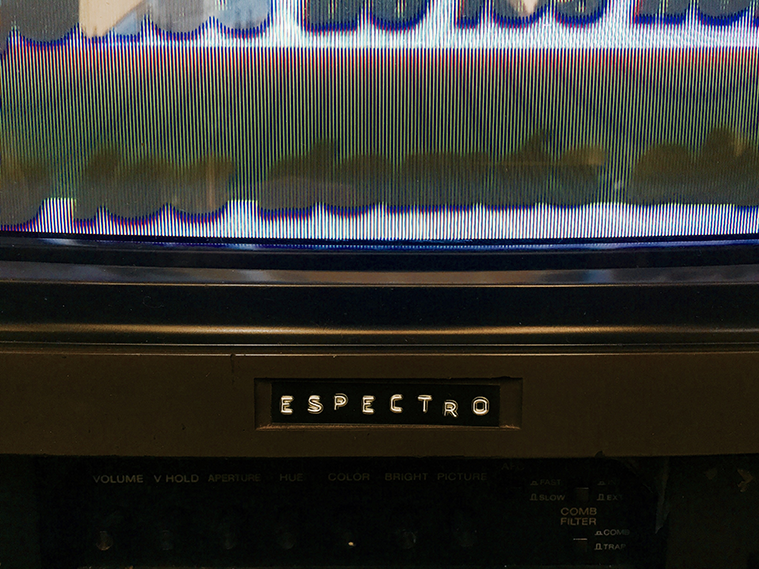
–
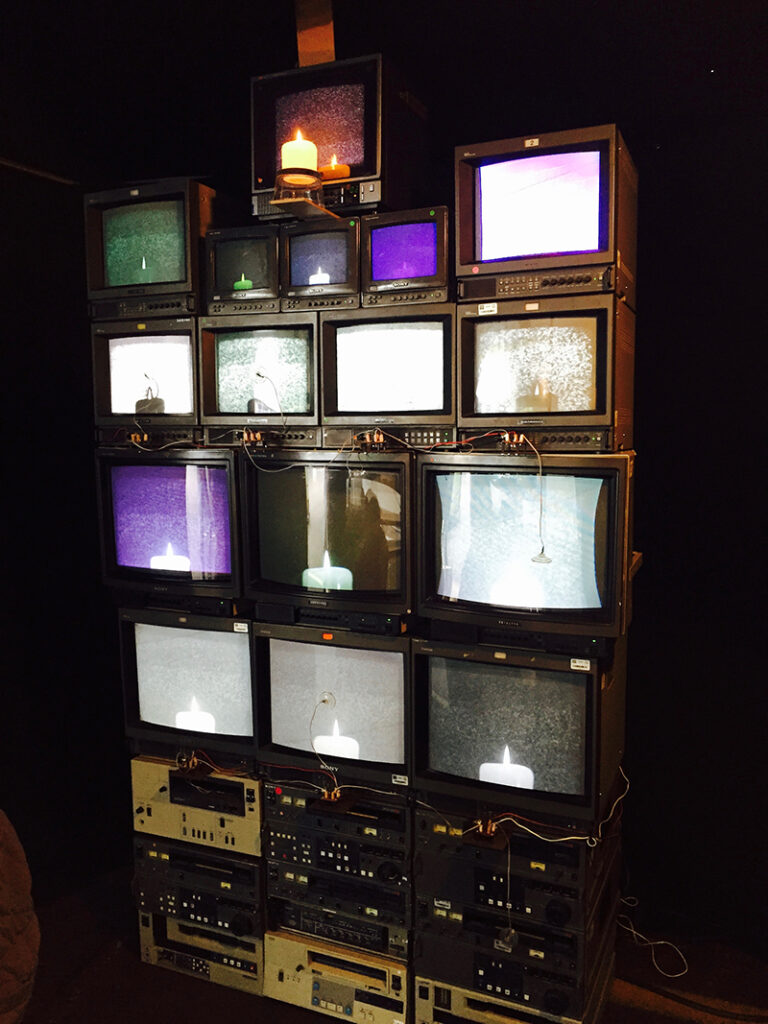
–
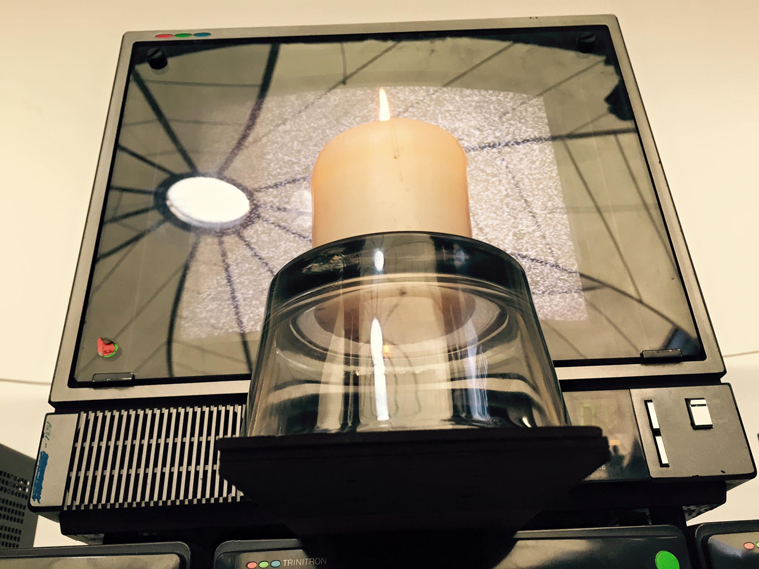
–
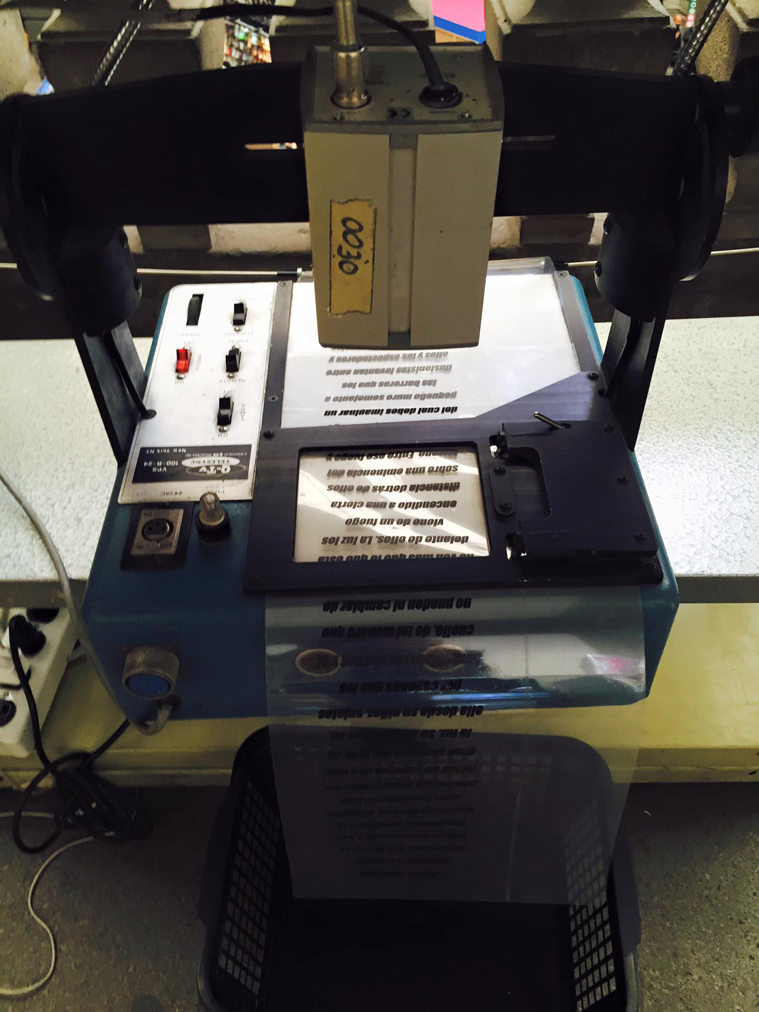
–
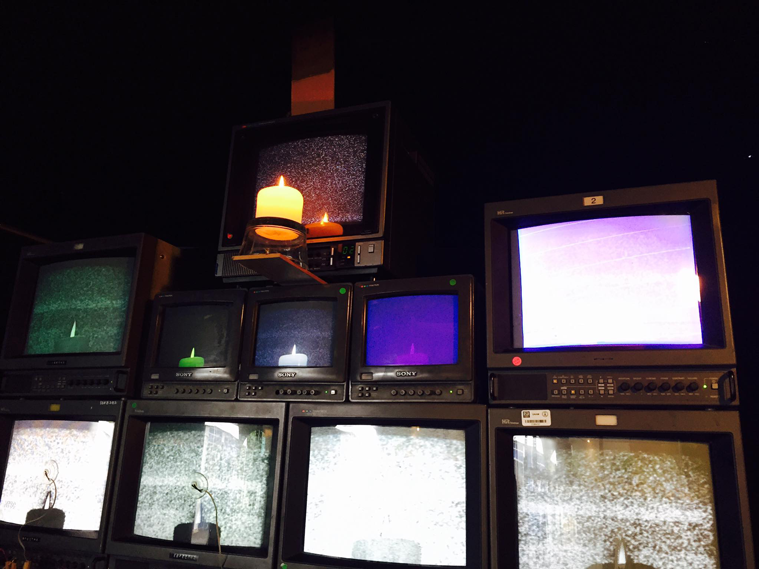
–
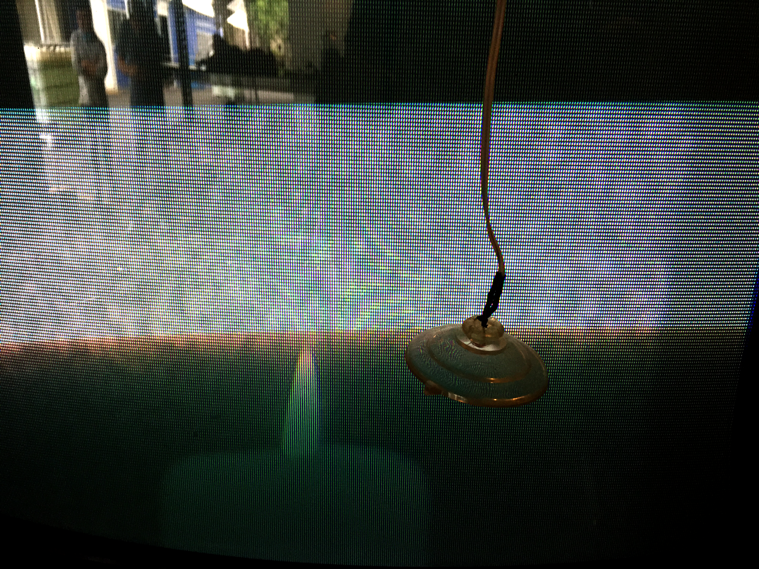
–
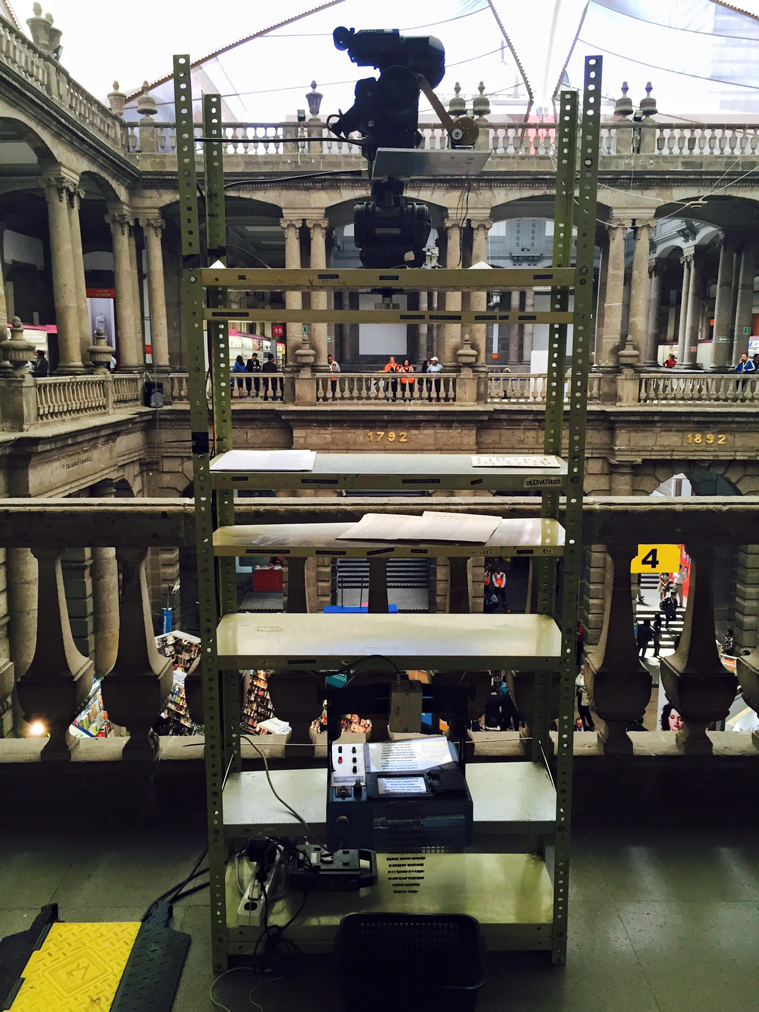
–
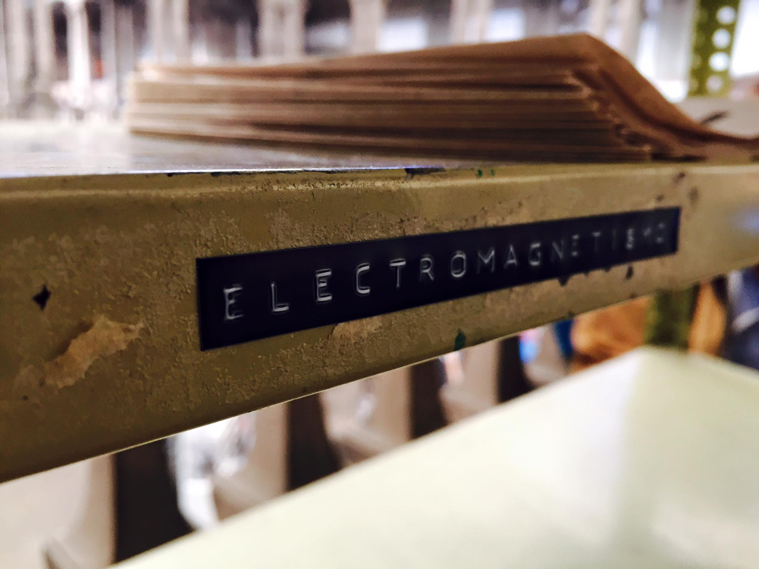
–
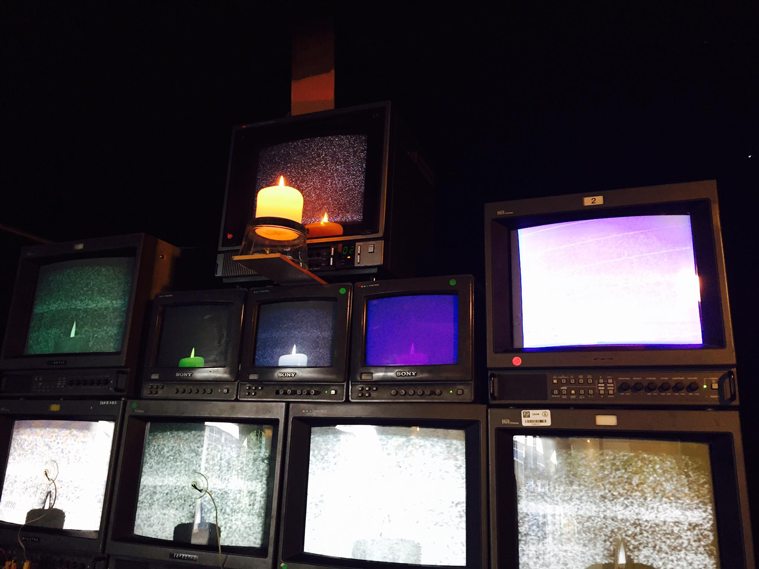
–
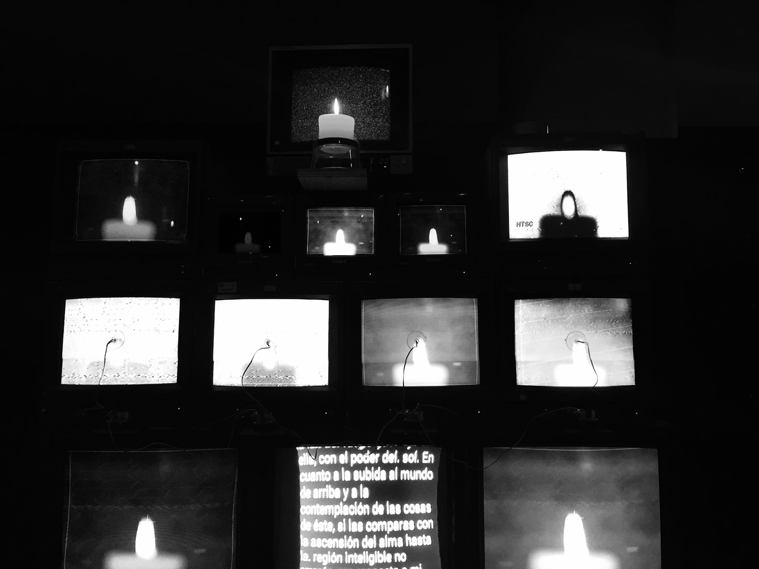
–
